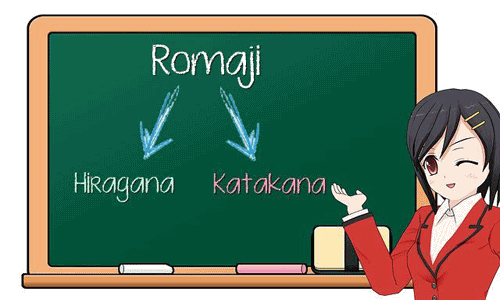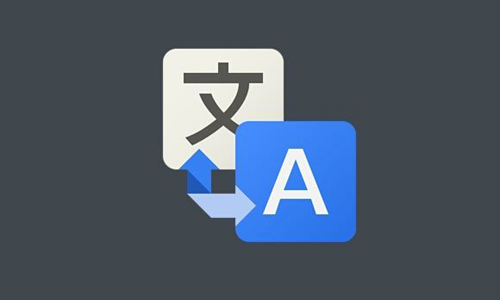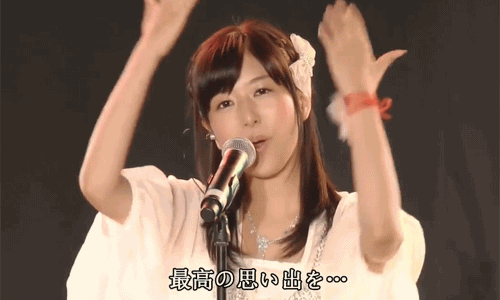Japanese Kanji details
Japanese Kanji details, including changing history, radicals, pronunciation, and strokes.
| No. | New Form | Older Form | Radical | Strokes | School Year | Year of add | Year of delete | Reading |
| 1 | 隆 | ??[5] | 阜 | 11 | S | リュウ | ||
| 2 | 硫 | 石 | 12 | S | リュウ | |||
| 3 | 侶 | 人 | 9 | S | 2010 | リョ | ||
| 4 | 旅 | 方 | 10 | 3 | リョ、たび | |||
| 5 | 虜 | ??[5] | 虍 | 13 | S | リョ | ||
| 6 | 慮 | 心 | 15 | S | リョ | |||
| 7 | 了 | 亅 | 2 | S | リョウ | |||
| 8 | 両 | 兩 | 入 | 6 | 3 | リョウ | ||
| 9 | 良 | 艮 | 7 | 4 | リョウ、よ-い | |||
| 10 | 料 | 斗 | 10 | 4 | リョウ |
The new Japanese font is a kanji glyph standard published in Japan. The old Japanese font refers to the kanji used in Japan before the publication of the "List of Kanji" in 1946, and is almost the same as the Chinese traditional characters used today. The simplified kanji included after the promulgation of the "List of Kanji" is the new Japanese font.
The new Japanese font is basically done by removing the strokes. Some new fonts became synonyms or replaced them with homophones. Some of the new fonts were simplified to be replaced by another unrelated word.
In 1946, the Japanese cabinet published the "List of Kanji for Dang", which contained 1850 characters. Later, after the publication of the List of Commonly Used Chinese Characters (1945 characters) in 1981, the use of Chinese characters was abolished. In addition, the List of Kanji for Personal Names was published, which contains hundreds of kanji that are only used in personal names.





